VERY RARE! Original "VIETNAM FROM CEASE-FIRE TO CAPITULATION“ Col. William E. LeGro Operational Report - From Brigadier General George E. Barker Collection
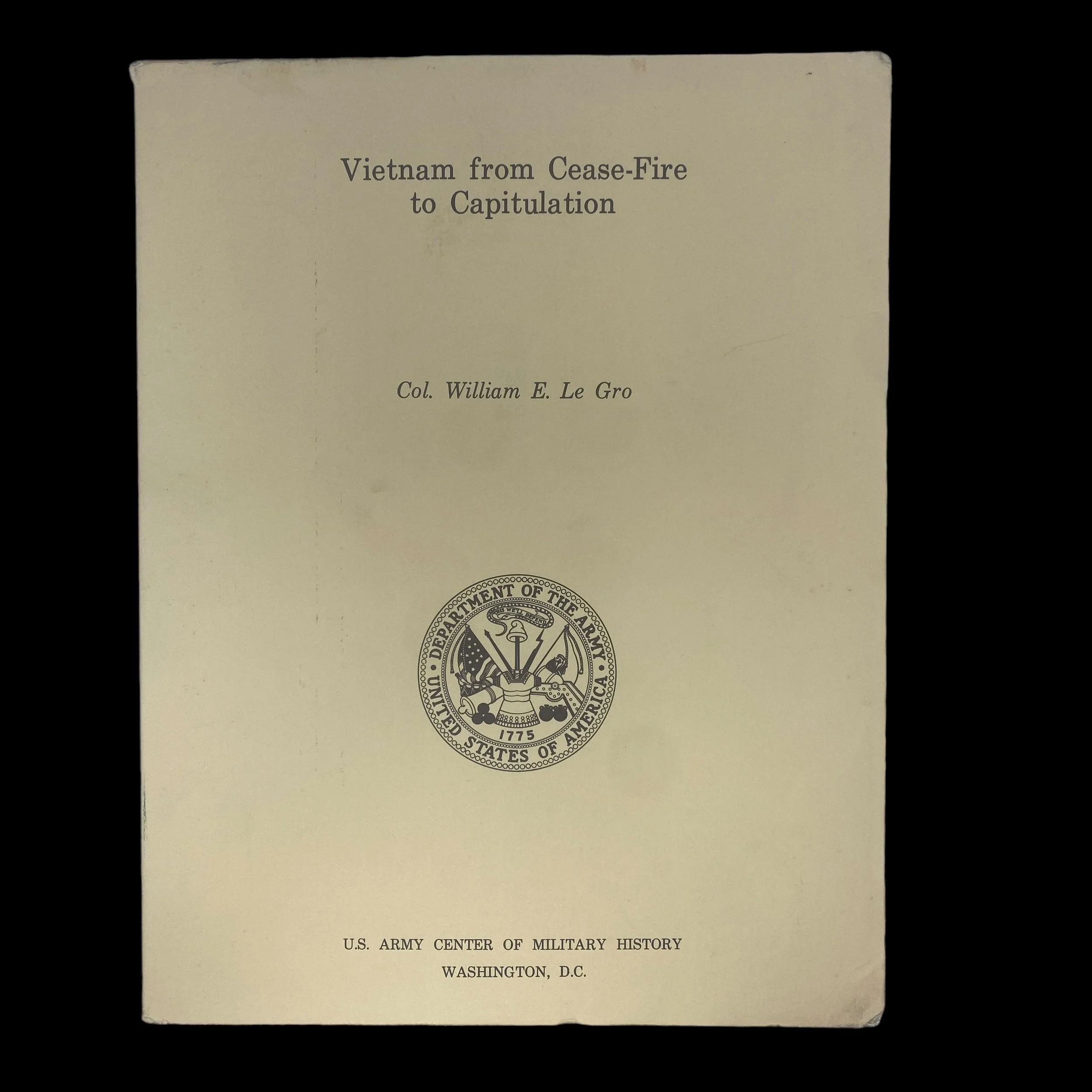
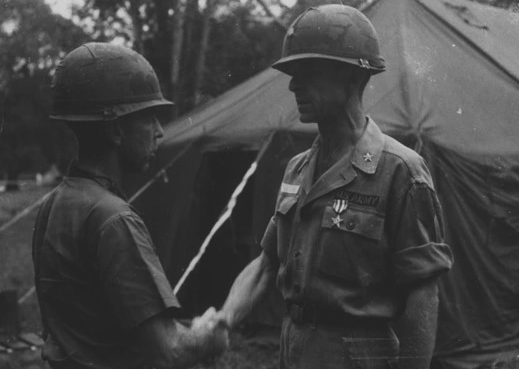


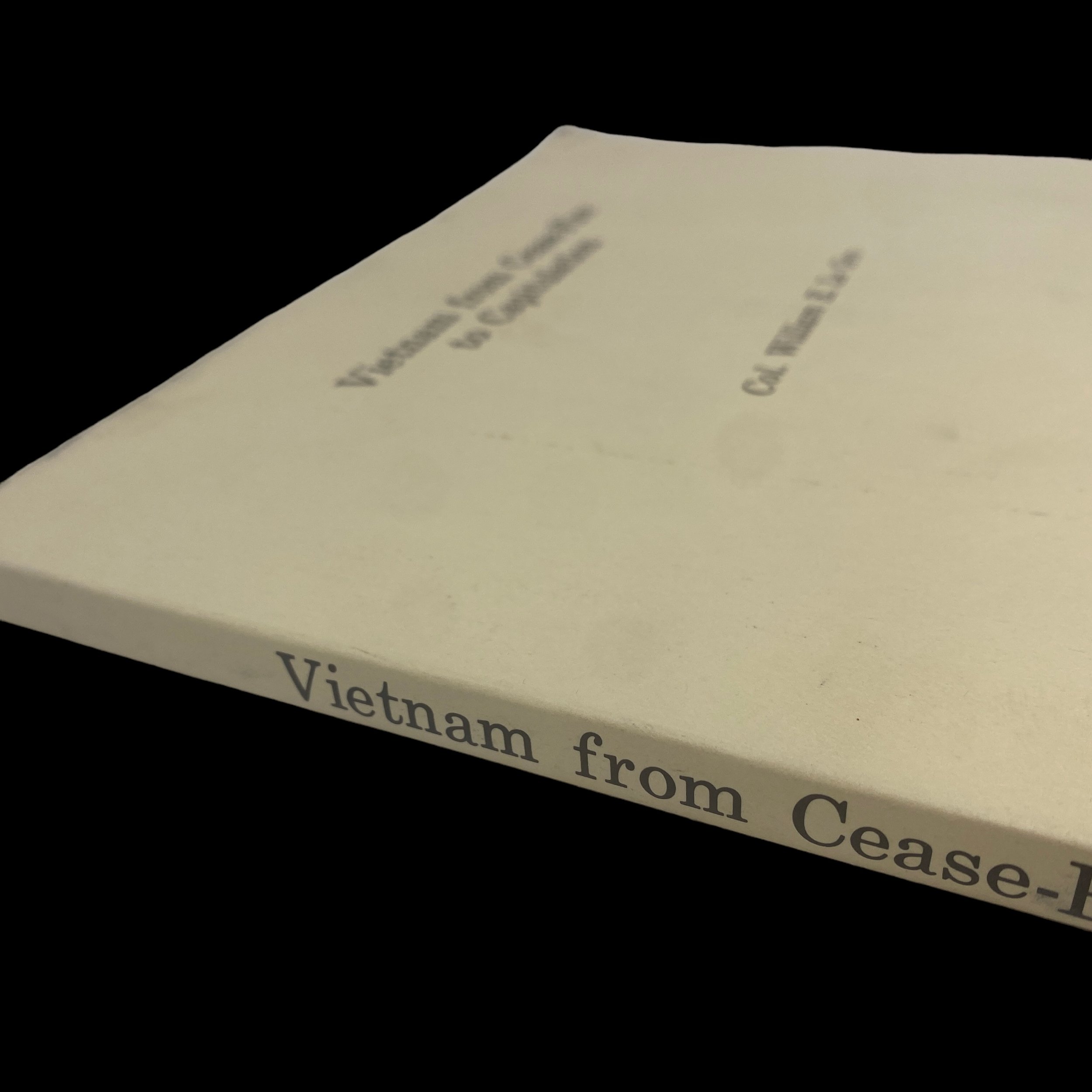
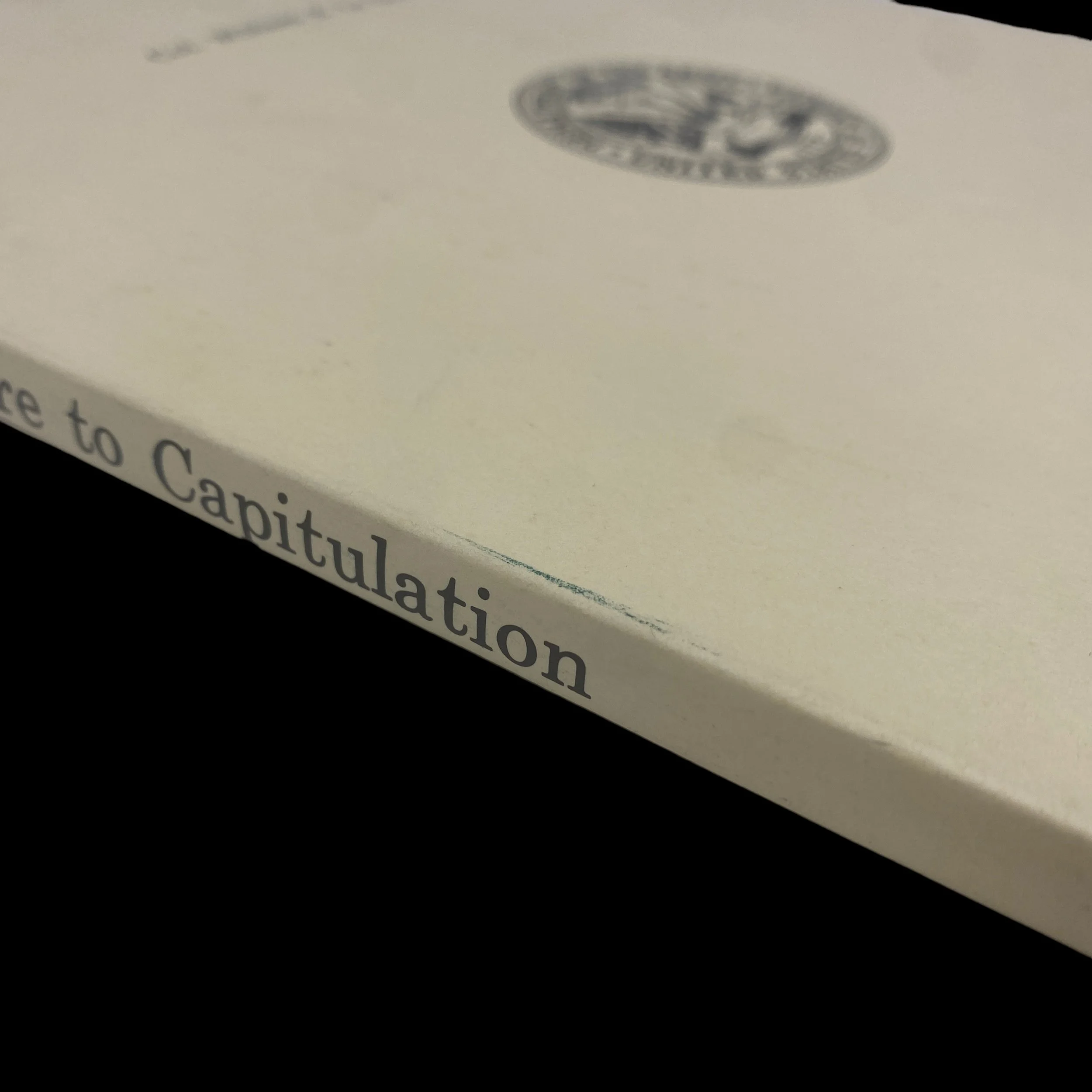
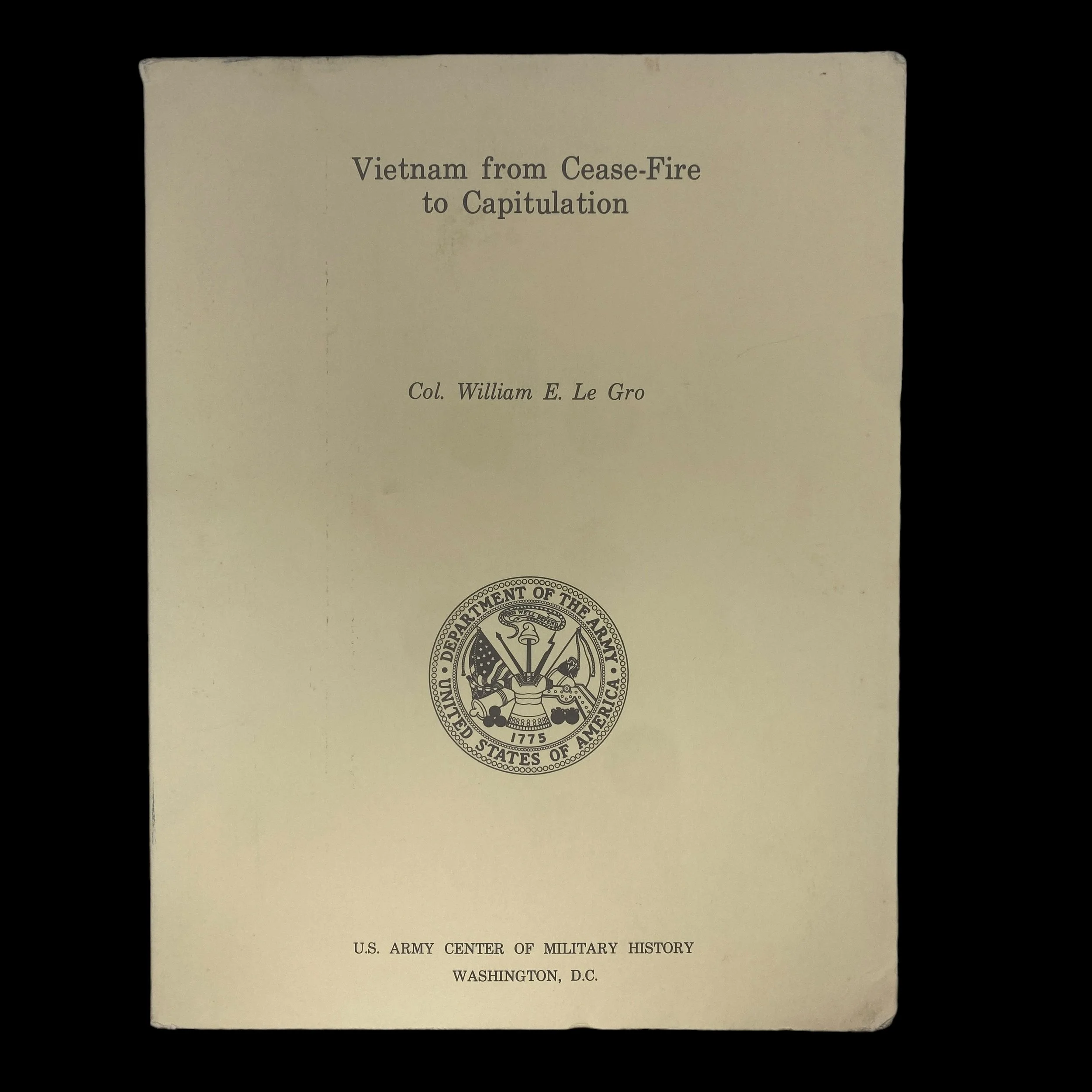
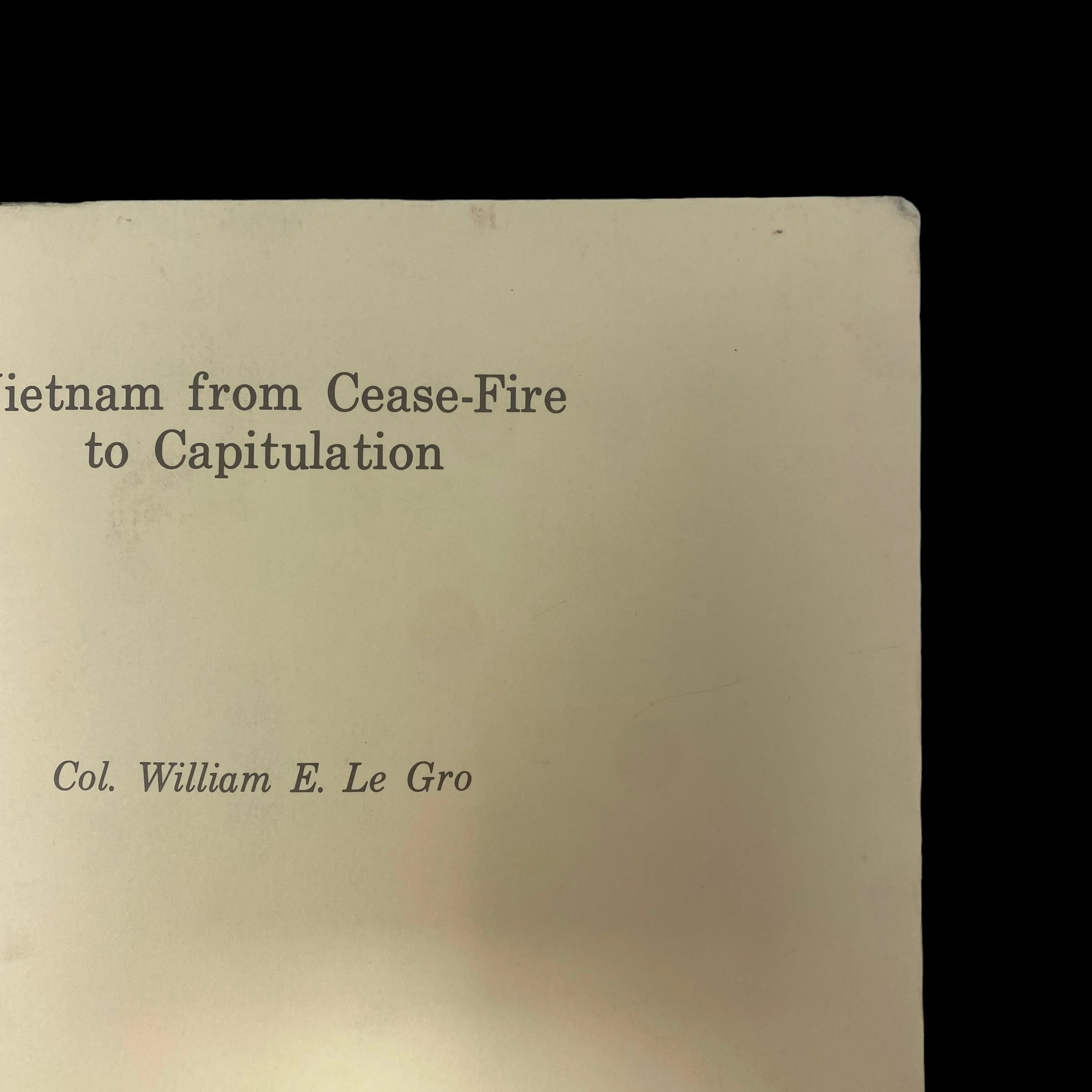
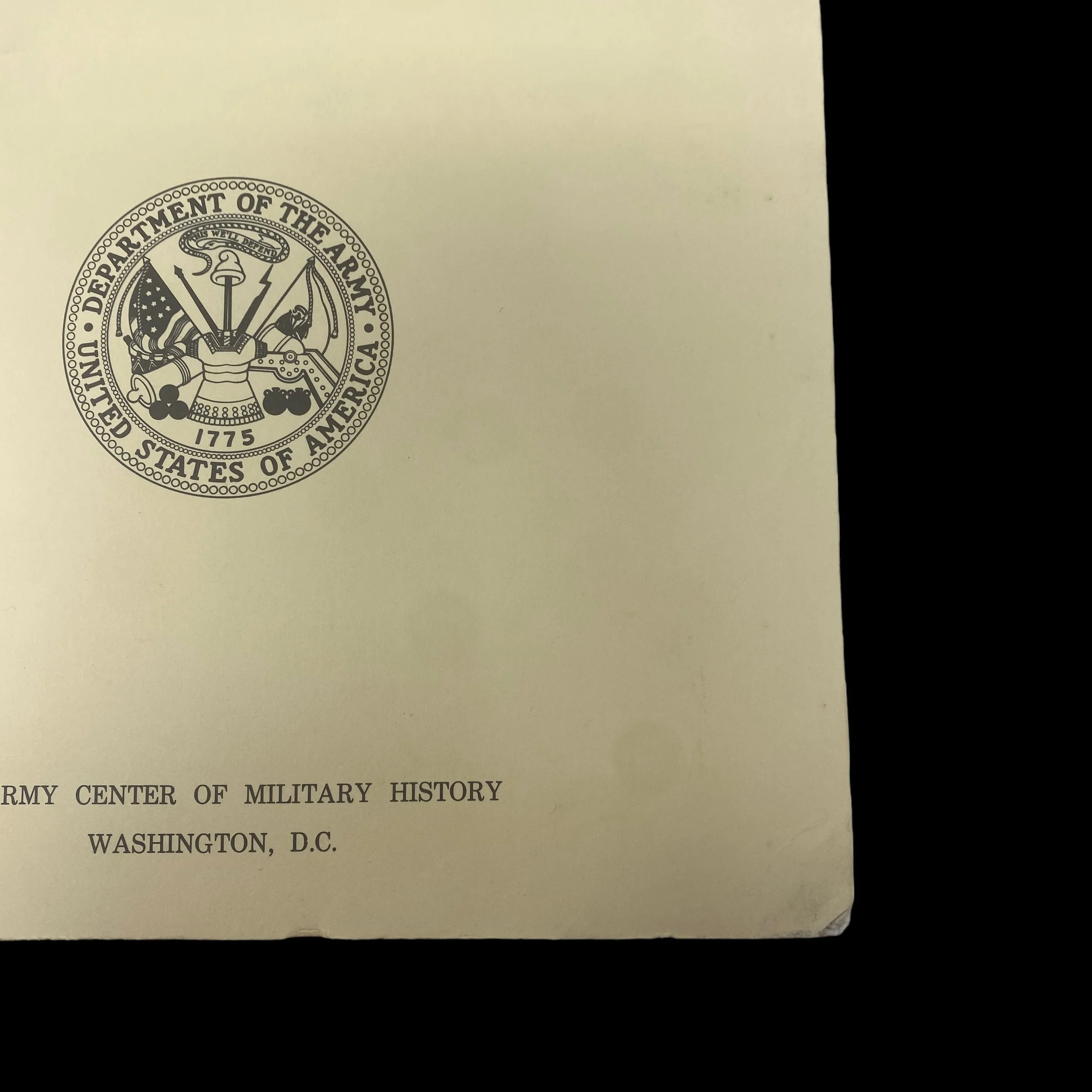
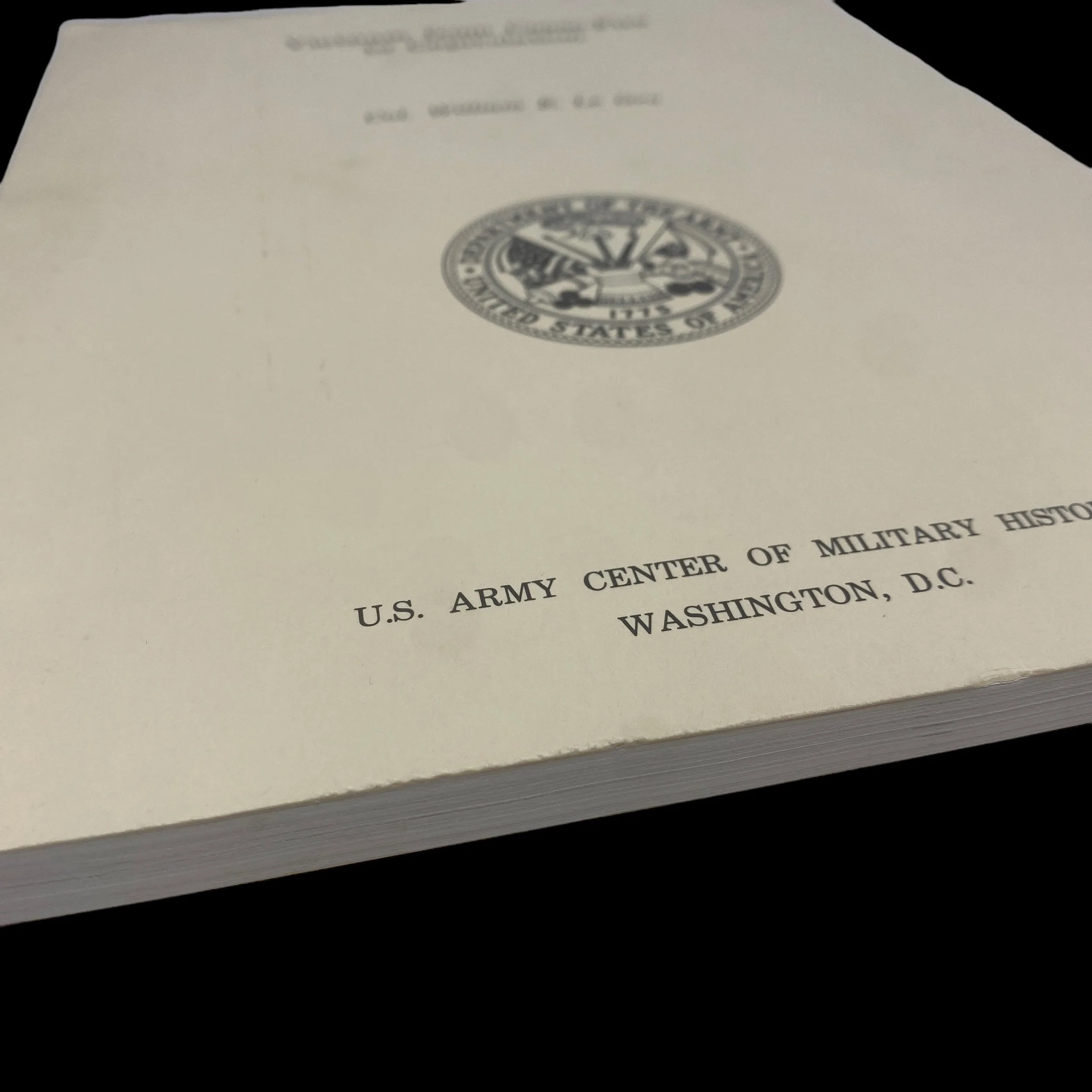
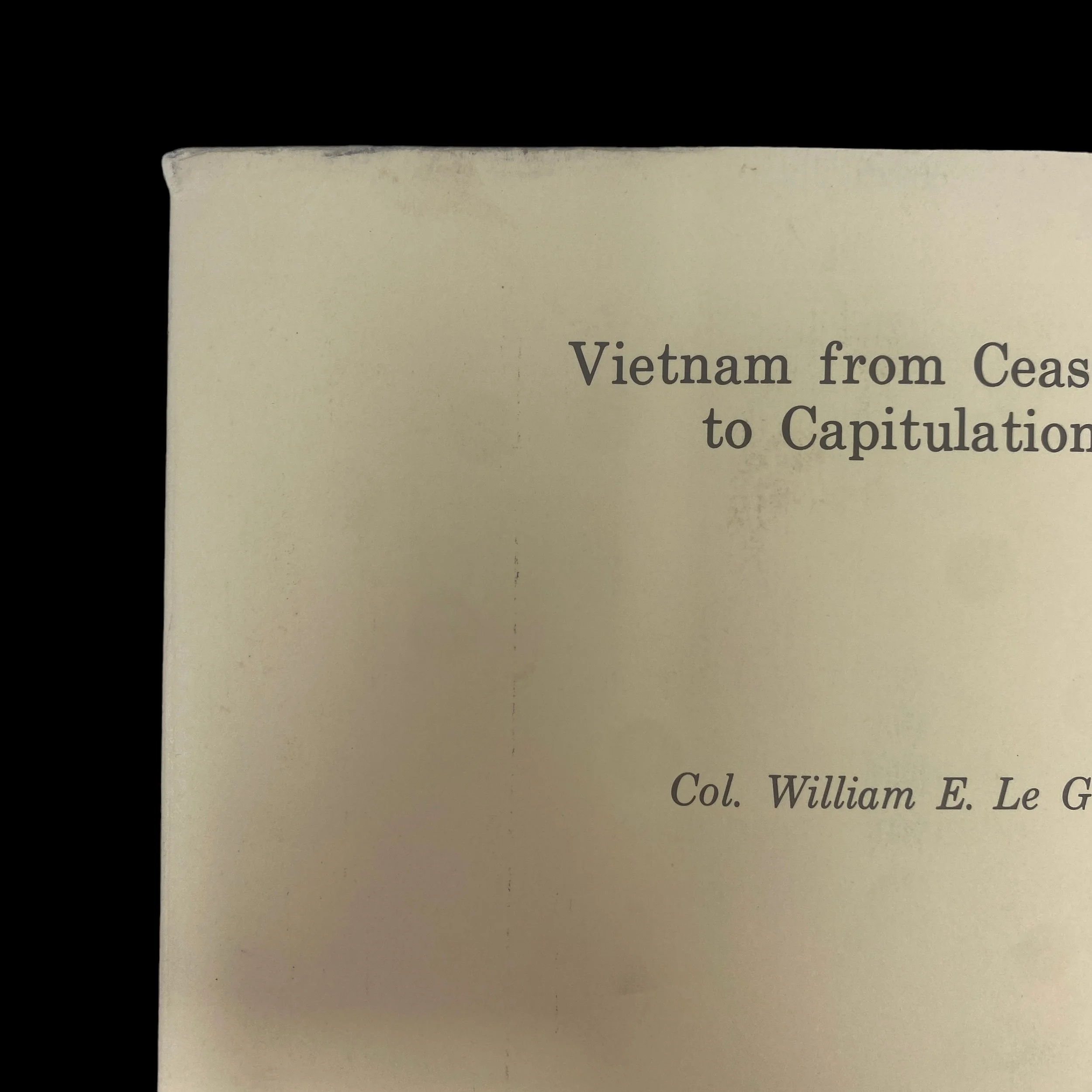
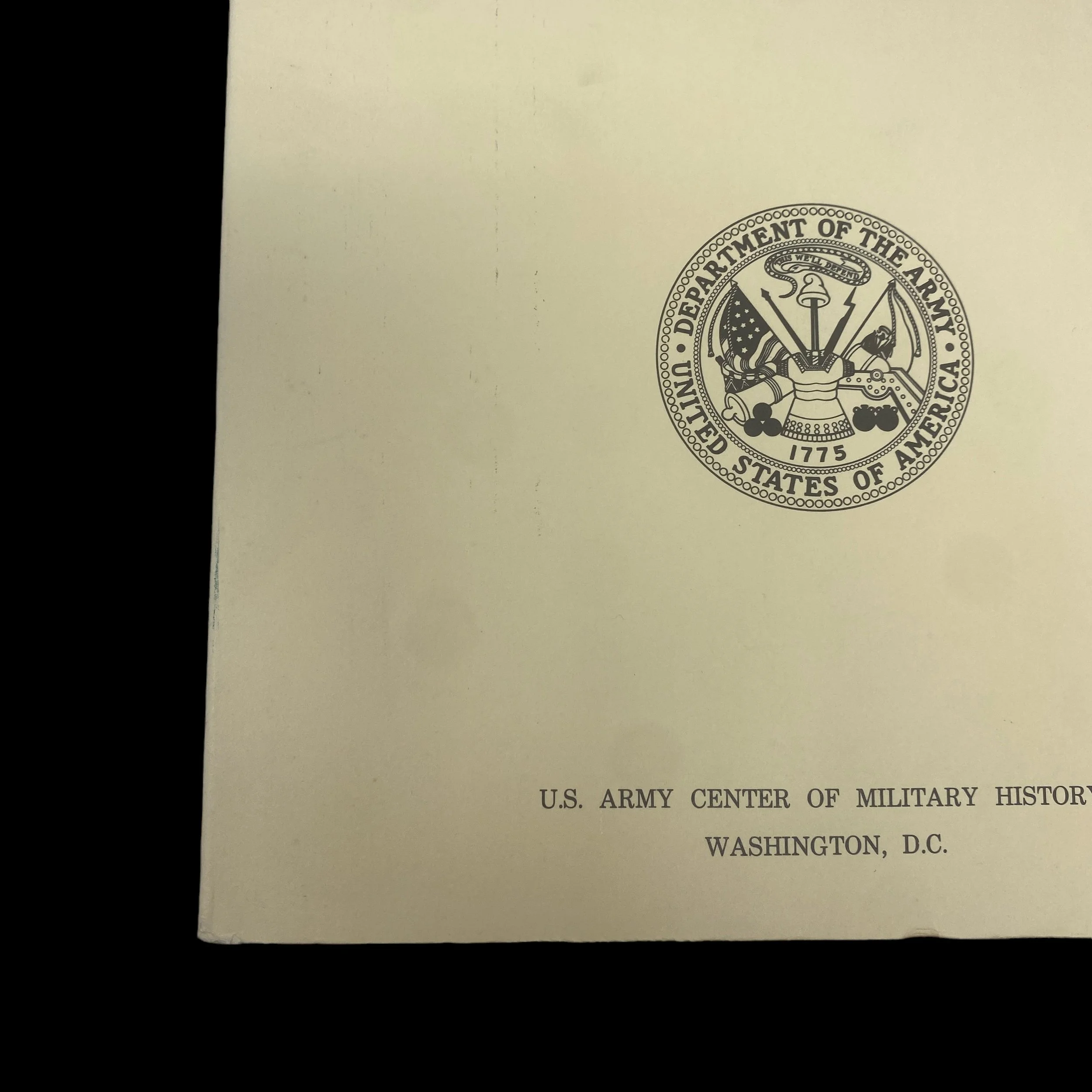

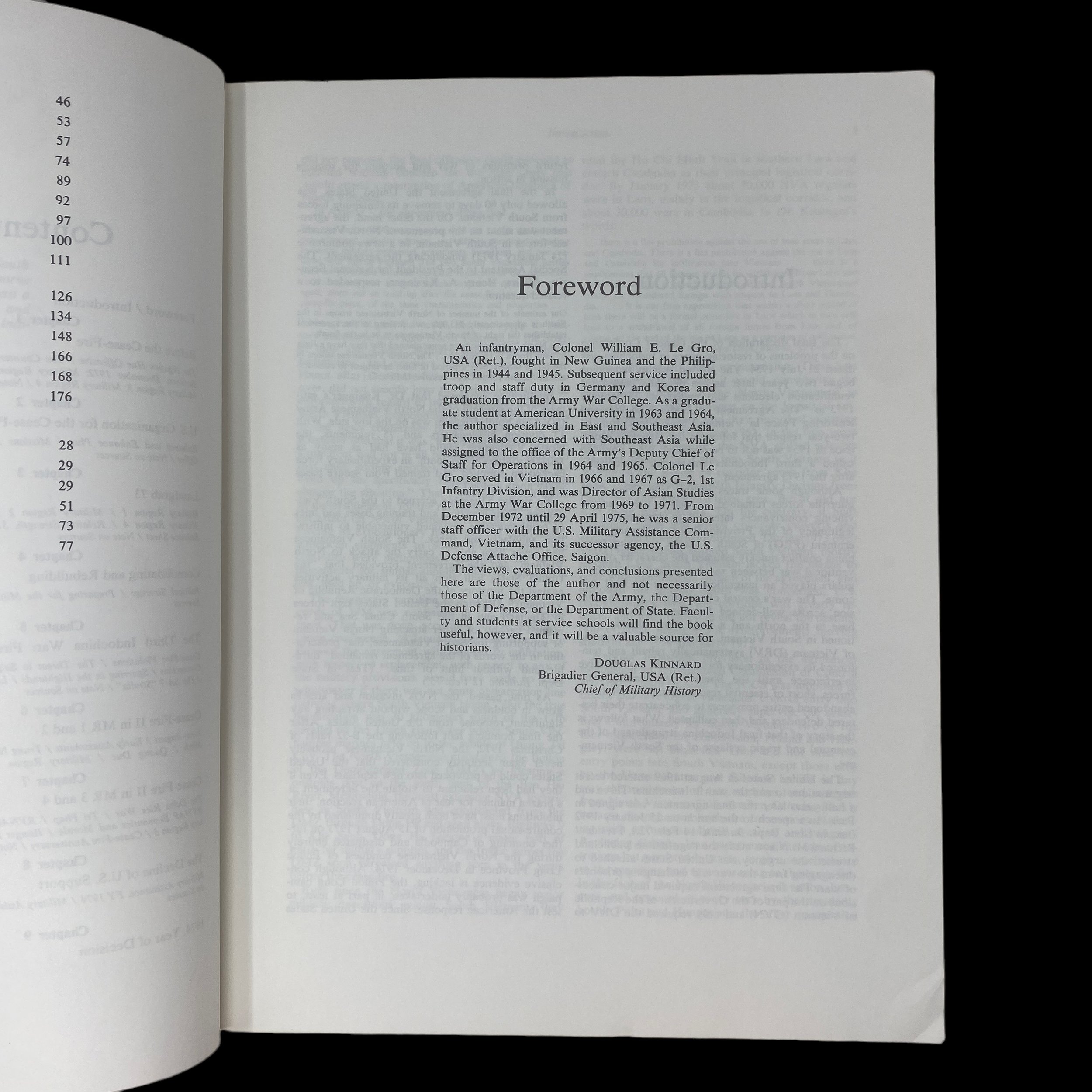
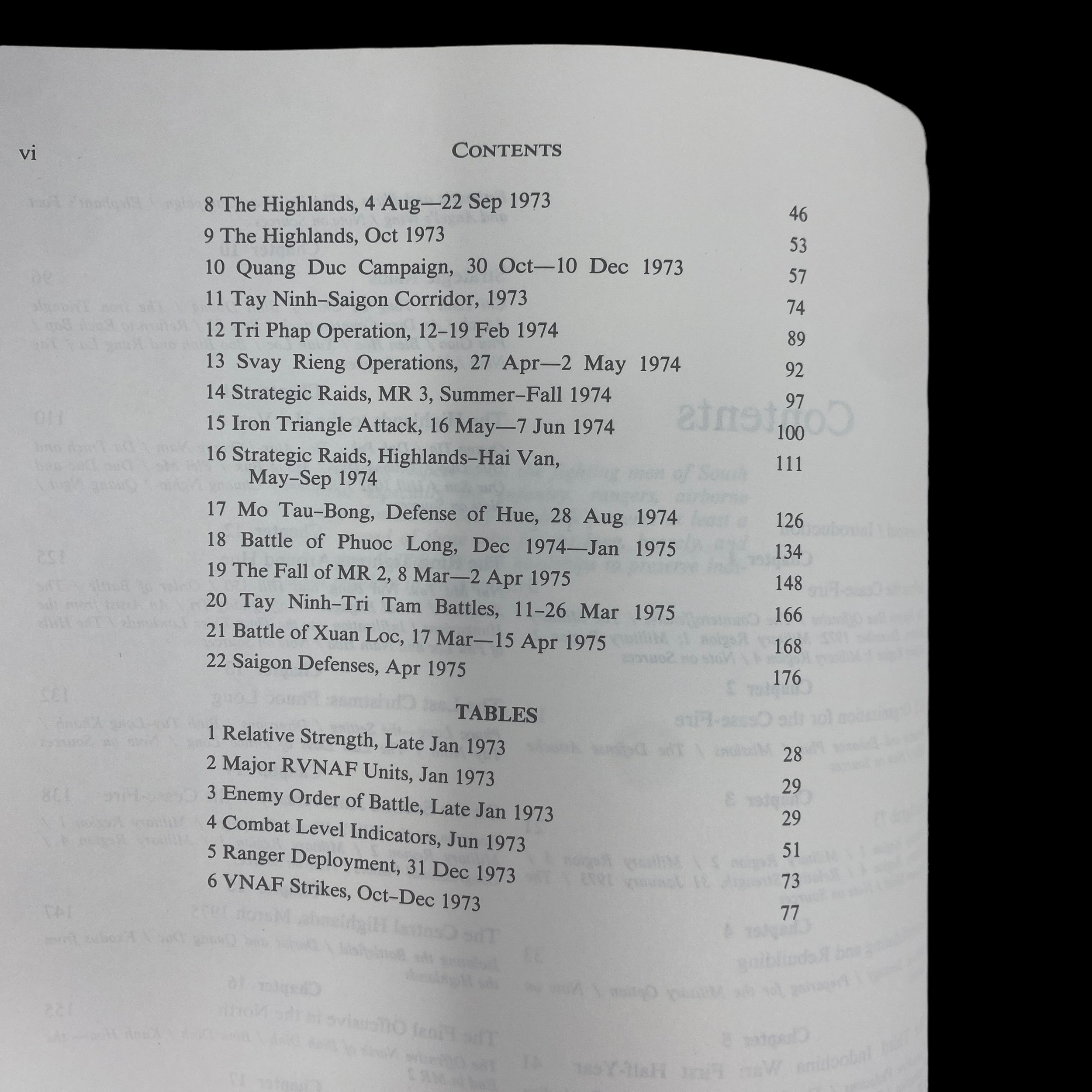













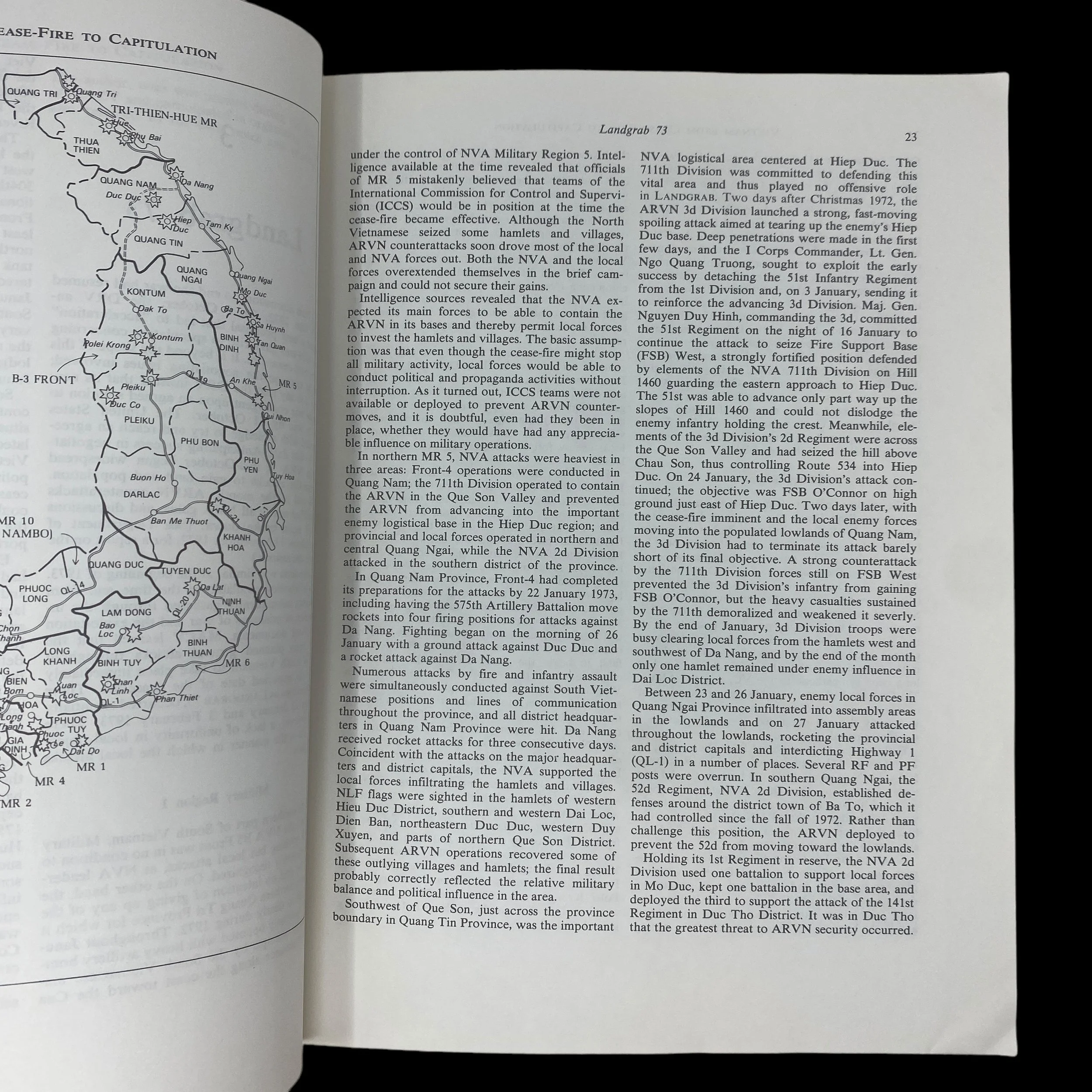








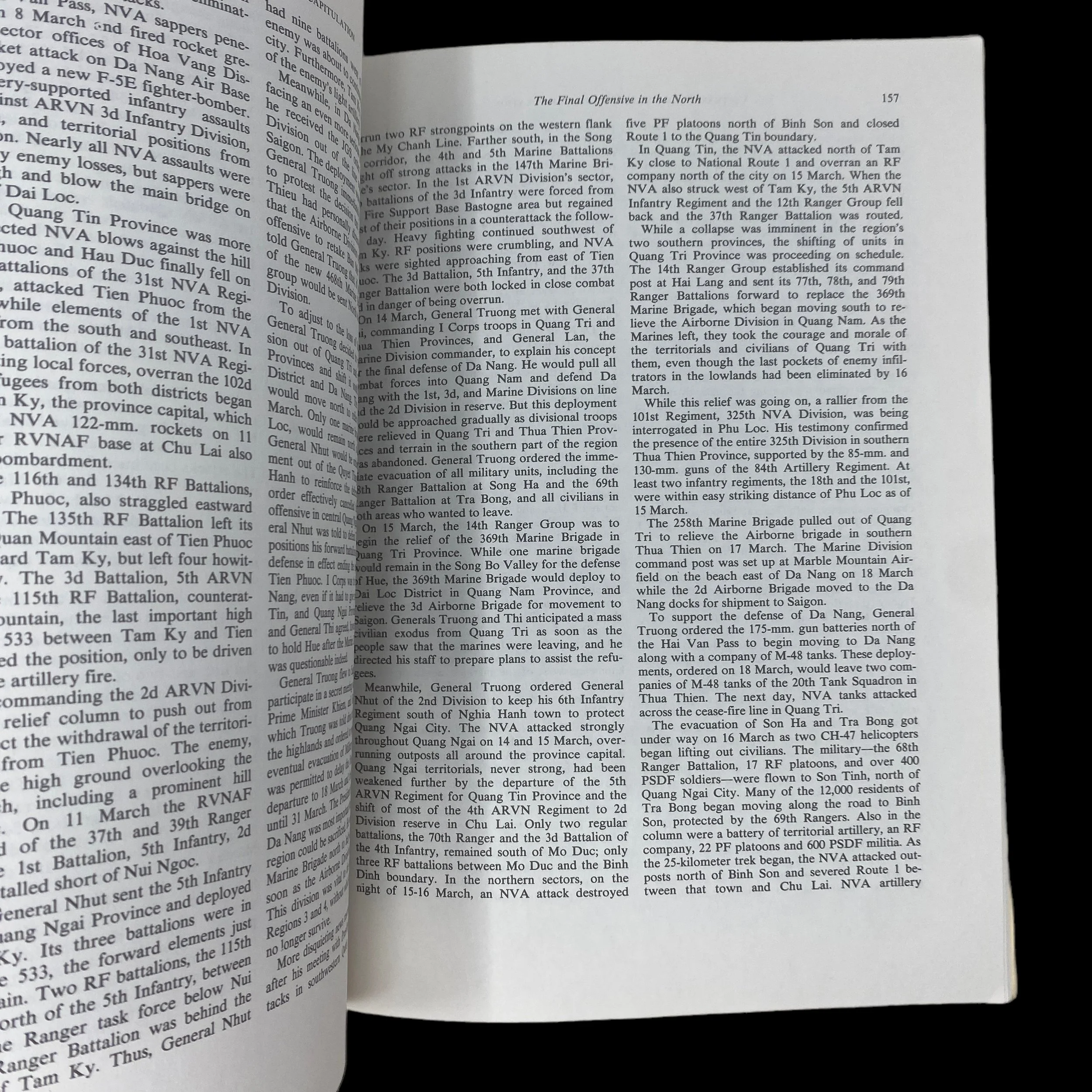
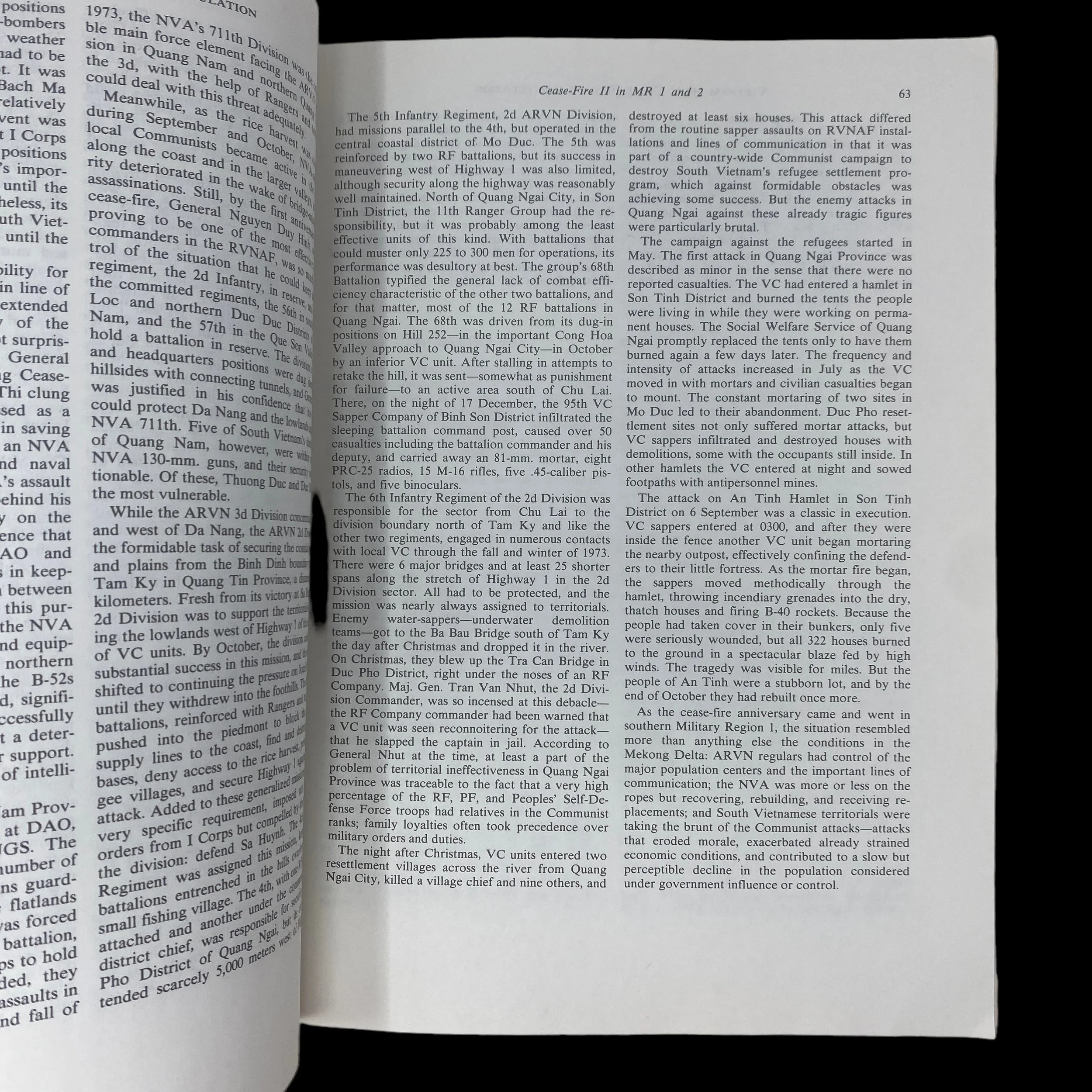









VERY RARE! Original "VIETNAM FROM CEASE-FIRE TO CAPITULATION“ Col. William E. LeGro Operational Report - From Brigadier General George E. Barker Collection
Comes with a hand-signed C.O.A.
*Once-in-a-lifetime chance to own an original and very limited U.S. Army print of the Vietnam War “VIETNAM FROM CEASE-FIRE TO CAPITULATION” report directly from the private collection of Brigadier General George E. Barker.
Title: VIETNAM FROM CEASE-FIRE TO CAPITULATION
Page Total: 180
This rare and museum-grade artifact is an original very limited early printing of the Vietnam War report published by the U.S. Army Center of Military History (Washington D.C.).
Titled “VIETNAM FROM CEASE-FIRE TO CAPITULATION - Col. William E. LeGro” this report was with written with the notation “With enduring respect to all the fighting men of south Vietnam, especially the Infantry, Rangers, Airborne, and Marines. May this book preserve, at least a partial record of those who fought long, bravely, and under great handicaps and hardships to preserve individual freedom in their country.”
This specific report of the Indochina Monographs was written with intelligence and first-hand accounts from Col. William E. LeGro.
During World War II, Californian LeGro had enlisted and served in the 41st Infantry Division in New Guinea and the Philippines. Commissioned as an infantry second lieutenant in 1949, he served in a variety of staff and command positions as he rose to lieutenant colonel by 1966. Unusually, he had several tactical intelligence assignments. In Germany, he was an S-2 of one of the 1st Infantry Division’s rifle battalions. Later in the Korean War, he served on the G-2 staff of the 2d Infantry Division and, later, of the Eighth Army. In the spring of 1966, after a tour as the Army Staff's action officer for policy matters associated with Southeast Asia, LeGro headed to Vietnam, hoping to take command of an infantry battalion. General DePuy, the new commander of the 1st Infantry Division, had other ideas, however. When LeGro arrived in Vietnam in late March, DePuy had just relieved his G-2. He had lost confidence in the officer because of his inability to give coherent intelligence briefings and his failure to visit the battle areas. At the same time, he knew that LeGro had been an intelligence staff officer before and recognized that LeGro’s previous assignment on the Army Staff had given him an appreciation of the enemy situation in Vietnam. Disappointed he would not be a battalion commander, LeGro still carefully listened to General DePuy’s guidance. He wrote it down on a notecard that he kept in his pocket for his tenure as G-2. Much of the guidance was typical of what G-2s might receive from their commanders. For example, DePuy told LeGro to give the evening intelligence briefings personally. These briefings would include relevant facts of the enemy order of battle and LeGro’s own interpretation of the enemy capabilities and intentions. DePuy also wanted his G-2 to build up the intelligence section. LeGro took this to mean improving the efficiency of the division’s intelligence system. Additionally, DePuy expected his G-2 to maintain close contact with the two nearby South Vietnamese divisions as well as higher headquarters. Likewise, he instructed LeGro to compete for intelligence resources, so their division received its share of collection assets and analytical support. To comply with both of these directives, LeGro quickly established and actively maintained contacts at Military Assistance Command-Vietnam (MACV) to ensure the 1st Infantry Division was always at the head of the line for intelligence support. General DePuy’s last two instructions—managing B-52 targeting and handling deception planning for the division—were, however, clear departures from the usual G-2 functions. Although normally G-3 duties, DePuy believed his G-2 would have better insights on what to target with both high explosives and misinformation. So, for the next year, LeGro had responsibility for selecting spots to bomb and enemy to deceive. LeGro left his division commander's office feeling ill-prepared to take on these six tasks. Yet, using his own analytical and leadership skills, he was able to provide the demanding DePuy what he wanted from his G-2.
This original Vietnam War operational report series was produced in very limited quantities, however, what makes this particular report even rarer is that this report comes directly from the private collection of Brigadier General George E. Barker when he was issued this report during his command of the 407th Civil Affairs Battalion.